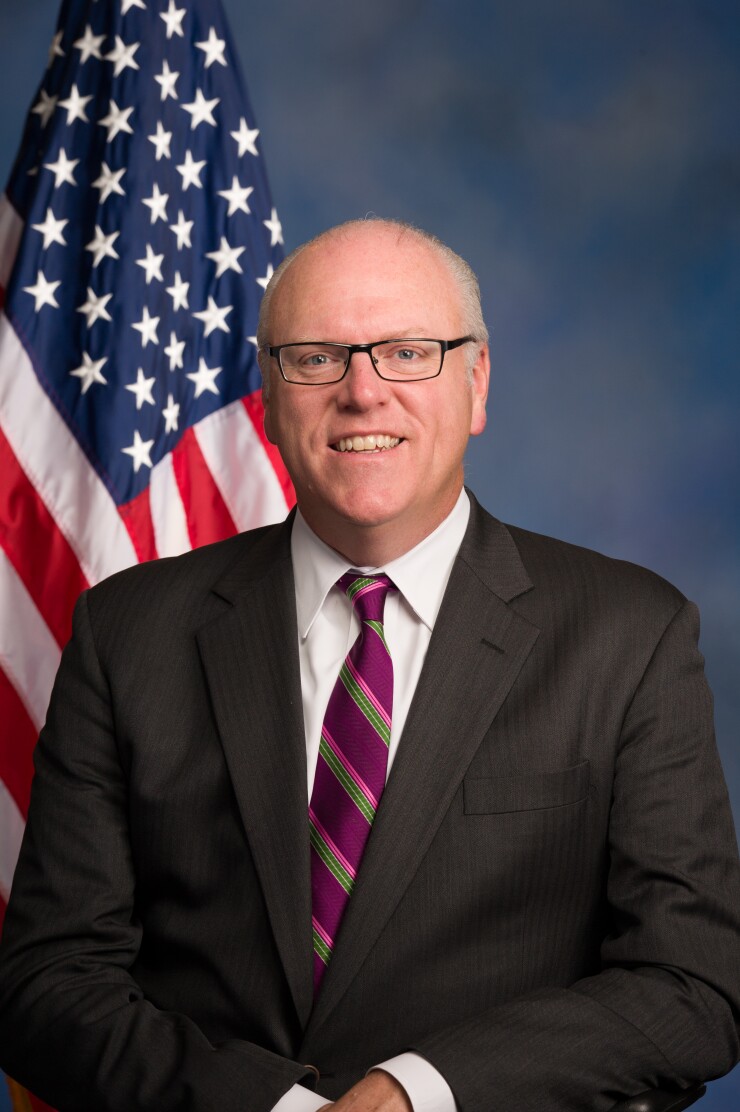American workers are in a financial pickle, so to speak, sandwiched between rising healthcare costs and stagnant pay.
A whole host of things make planning for retirement difficult, says Ted Goldman, senior pension fellow at the American Academy of Actuaries, including longevity risks. “Educate and start thinking about retirement earlier — you can’t wind back the hands of time,” he said Wednesday, speaking at a panel on Capitol Hill organized by the Insured Retirement Institute. “Once you’ve missed 10 years of saving, you can’t go back in time.”
And according to recent IRI data, all generations currently have hurdles. For example, only 24% of baby boomers say they’re confident in their current savings. Twenty-nine percent of millennials, meanwhile, say they’re actively saving and report their most common financial challenge is reducing debt.
“Once you’ve missed 10 years of saving, you can’t go back in time.”
Rep. Joe Crowley (D-N.Y.), says the savings and retirement crisis will only get worse as the years go by, and adds that 401(k) plans and other defined contribution plans are nothing like the defined benefit pension plans of old, which offered protection to employees in their golden years.
But several initiatives are in the pipeline to help employers and employees with financial security, he said.
One example is President Barack Obama’s myRA starter retirement savings account. “Aside from savings, it’s also a rainy day account,” Crowley said. “Nothing is more debilitating to a worker than when a car breaks down. If they go to an IRA account, they’re penalized if [it’s] drawn too soon. The myRA gives them the ability to keep working, take money out, fix the car but at the same time keep saving and [it] costs nothing to the employer.”
Further, he said, it’s a plan that’s focused on the individual and can jump with employees from job to job. “I see this as one of the great achievements of the president that has been shortchanged. As more people understand it, they’ll better understand its benefits.”

Another less well-known program is Crowley’s Secure, Accessible, Valuable, Efficient Universal Pension proposal, accounts that would be funded by employers with 10 or more employees if they do not already offer a retirement plan. He says right now – though he’s still seeking additional comments and suggestions – employers would contribute $0.50 for every hour worked by an employee. Once enrolled, employees would also begin automatically contributing 3% of their pre-tax income, with employee contributions gradually increasing over time unless he or she opts out.
If a minimum wage worker works full time for 45 years and takes nothing but the $0.50 employer contribution, that employee would see $160,000 upon retirement based on average stock and bond rates of return – and with minimum, gradually increased contributions, could see as much as $320,000, Crowley said.
Lastly, Crowley advocated a final proposal that would provide tax incentives to small employers helping employees save for retirement.
A small business would receive a refundable tax credit equal to the value of its contributions to the retirement accounts of up to 10 employees, up to a maximum of $10,400 per year for five years. The refundable tax credit would be available to any small business with less than $5 million in annual gross receipts. And, because the tax credit is refundable, any eligible employer, including start-up companies that may not yet be profitable, would be eligible to receive the credit.





